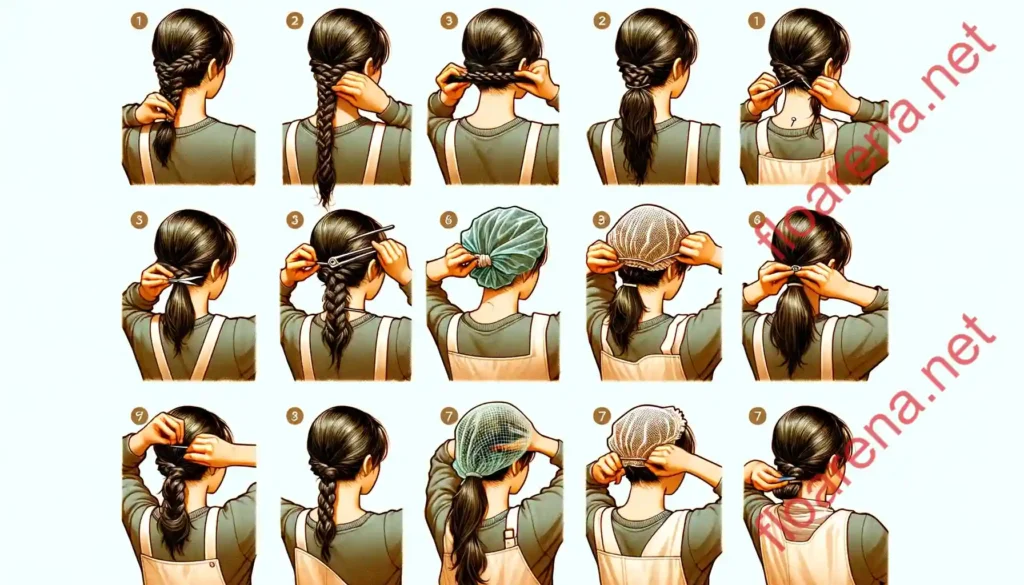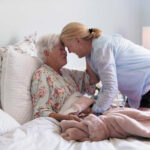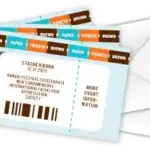Preparing food with long, loose hair can be frustrating. Stray hairs winding up in food is unappetizing and unsanitary. However, keeping hair tightly controlled during cooking is crucial for cleanliness and food safety. Here are some tips for managing hair effectively while prepping meals.
Key Takeaways
- Tie hair back securely in a bun or braid before cooking
- Use hairnets or headscarves to wrap all loose strands
- Pull hair back with barrettes, clips and hair ties
- Consider covering hair with a chef’s hat or headband
- Avoid frequently touching or adjusting hair during food prep
- Wash hands thoroughly after touching hair to avoid contamination
- Clean hairbrushes regularly to minimize spread of germs and oils
Why Hair Control is Important During Cooking
Hair can easily fall into food or ingredients during the preparation process. Even a few stray strands winding up in cooked dishes is undesirable for several reasons:
- Appearance – Visible hairs in food are unappetizing and off-putting.
- Texture – Strands in the mouth feel unpleasant while eating.
- Contamination – Hair carries dirt, oil and germs that can transfer to food.
- Allergies – Some people have sensitivities or allergies to pet dander in hair.
- Choking hazard – Loose hairs can pose a choking risk if accidentally swallowed.
To avoid these problems, individuals with long hair must take steps to keep it tightly controlled before cooking. This improves food safety and presentation.
Securing Hair When Cooking
- Ponytails – Pulling hair up in a high, tight ponytail keeps majority of hair bundled.
- Buns – Twisting hair in a neat bun anchors strands off the neck and face.
- Braids – Intertwining hair in a braid contains it neatly against the scalp.
- Headscarves – Wrapping a silk scarf or bandana around the head traps all loose ends.
- Hair nets – Mesh nets stretch to hold every hair in place for full coverage.
- Barrettes/clips – Pinning back hair with bobby pins, clips or barrettes keeps it tidy.
- Headbands – Elastic headbands worn over the hairline eliminates flyaways.
- Hats – Hats like baseball caps or beanies can cover and tuck in long hair.
Handling Hair During Food Prep
When prepping ingredients and cooking meals:
- Tie hair back securely before cooking and check for loose strands.
- Avoid resting hair over your shoulders where strands can fall forward.
- Keep hair off the face and neck to prevent it from grazing food.
- Do not touch or adjust hair, especially with hands that touch food.
- Wash hands thoroughly after touching hair to remove germs.
- Change hairnets/headscarves that become loose or saturated with oils.
- Use hairbrushes dedicated for cooking to avoid spreading dirt and germs from other brushes.
- Clean hairbrushes and accessories regularly to limit oil and bacteria transfer.
Helpful Hair Accessories
- Headbands
- Bobby pins
- Hair ties (elastic bands)
- Barrettes/hair clips
- Mesh hair nets
- Chef hats
- Silk head scarves
- Baseball caps
Conclusion
Controlling hair properly is an important aspect of practicing good hygiene and food safety while cooking. Individuals with long locks should secure hair tightly off the face and neck before prepping ingredients or handling food. Simple tools like headbands, hair ties, caps and hairnets can effectively contain loose strands. Keeping hair up, covered and tidy is key to preventing contamination during meal preparation.






